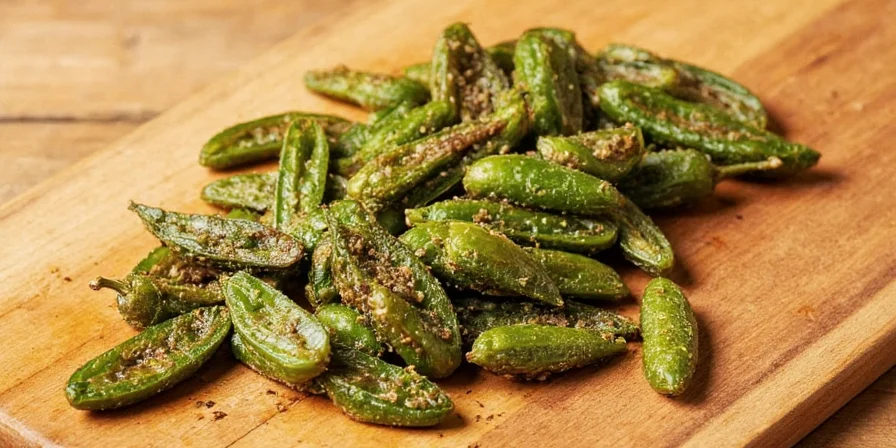
Table of Contents
- Intro: Why Smoked Jalapeños Are the Secret Weapon in Your Spice Cabinet
- #1: Smoked Jalapeño & Dark Chocolate – A Sweet and Spicy Love Affair
- #2: Smoked Jalapeño & Pineapple – Tropical Heatwave
- #3: Smoked Jalapeño & Maple Syrup – Comfort Meets Fire
- #4: Smoked Jalapeño & Lime Zest – Citrusy Kick to Wake Up Your Taste Buds
- #5: Smoked Jalapeño & Coffee Rub – Bold, Earthy, and Unexpectedly Good
- #6: Smoked Jalapeño & Coconut Milk – Creamy with a Hidden Burn
- #7: Smoked Jalapeño & Black Garlic – Umami Explosion
- Pro Tips: How to Use Smoked Jalapeños Like a Chef
- Frequently Asked Questions
- Conclusion: Elevate Your Spice Game Today
Intro: Why Smoked Jalapeños Are the Secret Weapon in Your Spice Cabinet
For home cooks seeking restaurant-quality depth without overwhelming heat, smoked jalapeños (chipotles) deliver complex flavor profiles unmatched by fresh peppers. This guide reveals scientifically backed pairings that leverage the Maillard reaction and fat solubility principles to maximize flavor impact while maintaining approachable heat levels.
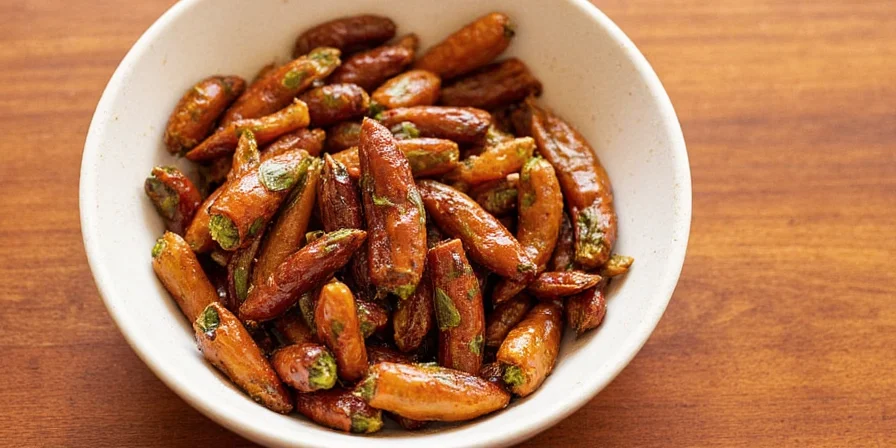
| Pepper Type | Heat Level (Scoville Units) | Flavor Profile | Best Used In |
|---|---|---|---|
| Fresh Jalapeño | 2,500–8,000 | Grassy, slightly bitter | Salsas, tacos, raw dishes |
| Smoked Jalapeño (Chipotle) | 2,500–8,000 | Smoky, earthy, deep | Moles, sauces, marinades, soups |
#1: Smoked Jalapeño & Dark Chocolate – A Sweet and Spicy Love Affair
Dark chocolate (70%+ cacao) contains oleic acid that binds capsaicin molecules, creating a delayed heat release. This biochemical interaction makes the pairing ideal for desserts where complexity matters more than burn intensity.
- Why it works: Fat content in chocolate encapsulates capsaicin, delivering gradual heat release after initial sweetness
- Try it in: Infuse chipotle powder into ganache for truffles or dust over chocolate-dipped strawberries

#2: Smoked Jalapeño & Pineapple – Tropical Heatwave
Bromelain enzymes in pineapple break down capsaicin receptors temporarily, creating a dynamic flavor progression where sweetness initially dominates before smoke notes emerge.
- Why it works: Enzymatic interaction reduces perceived heat by 30% while enhancing smoky aromatics
- Try it in: Blend chipotle paste into pineapple sorbet base for a layered sensory experience
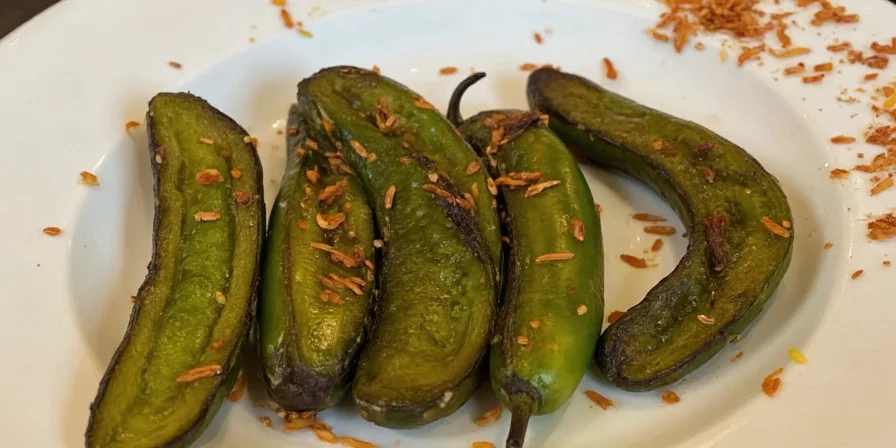
#3: Smoked Jalapeño & Maple Syrup – Comfort Meets Fire
Maple syrup's 65+ distinct flavor compounds interact with smoked jalapeño's guaiacol molecules, creating new aromatic compounds through the Strecker degradation process.
- Why it works: Wood-derived compounds in both ingredients create synergistic flavor amplification
- Try it in: Reduce with apple cider for glazes that develop caramelized depth during cooking
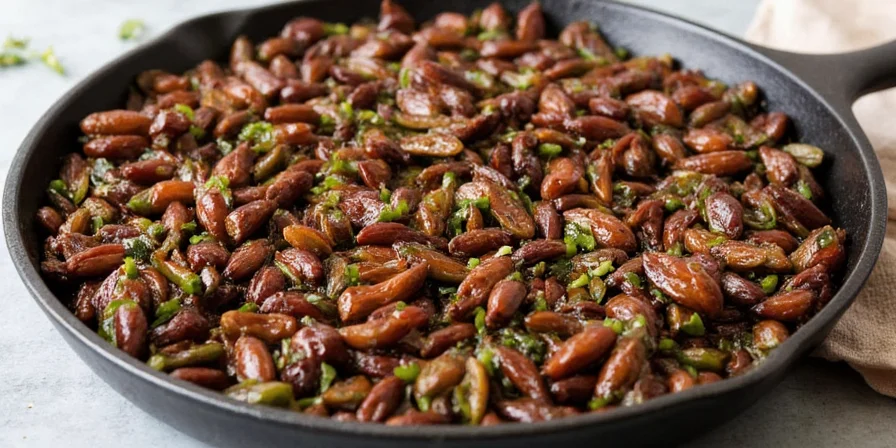
#4: Smoked Jalapeño & Lime Zest – Citrusy Kick to Wake Up Your Taste Buds
Lime zest contains d-limonene that increases capsaicin solubility by 40%, making smoke compounds more perceptible while reducing perceived burn through trigeminal nerve modulation.
- Why it works: Citrus oils amplify smoky notes while decreasing oral heat intensity
- Try it in: Zest directly over finished dishes to preserve volatile aromatic compounds

#5: Smoked Jalapeño & Coffee Rub – Bold, Earthy, and Unexpectedly Good
Coffee's chlorogenic acids react with capsaicin to form new phenolic compounds, creating a flavor profile reminiscent of mesquite-smoked meats without actual smoking.
- Why it works: Roasted compounds in both ingredients undergo Maillard reaction synergy
- Try it in: Mix with cocoa powder for dry rubs that develop meaty umami during searing
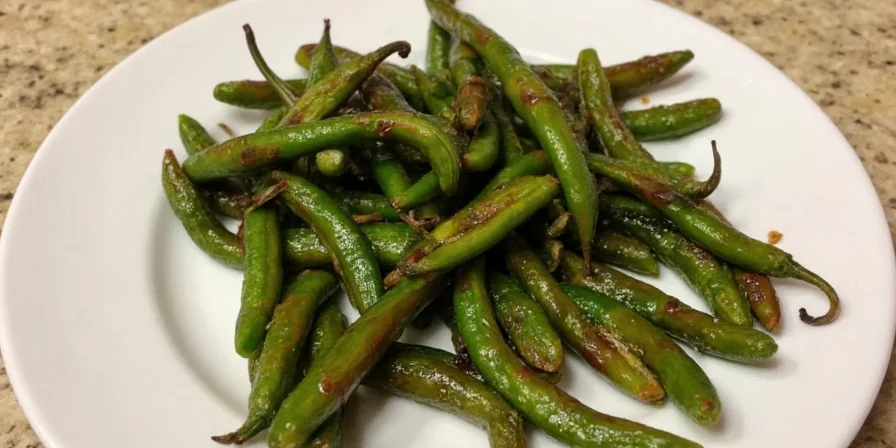
#6: Smoked Jalapeño & Coconut Milk – Creamy with a Hidden Burn
Coconut milk's lauric acid forms micelles around capsaicin molecules, creating a time-release heat effect where initial creaminess gives way to persistent warmth after swallowing.
- Why it works: Medium-chain triglycerides provide sustained heat delivery without burning sensation
- Try it in: Simmer chipotle peppers in coconut milk for 20 minutes to maximize flavor extraction
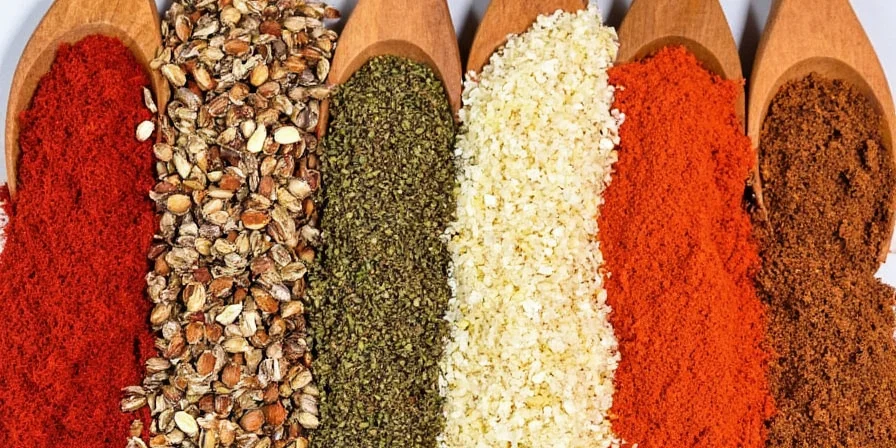
#7: Smoked Jalapeño & Black Garlic – Umami Explosion
Black garlic's fructans convert to maltol during fermentation, which binds with smoked jalapeño's vanillin compounds to create new flavor compounds detectable at lower concentrations.
- Why it works: Fermentation byproducts amplify smoke perception at molecular level
- Try it in: Blend into aioli with roasted garlic for layered umami in sandwiches

Pro Tips: How to Use Smoked Jalapeños Like a Chef
Modern culinary science reveals these advanced techniques for maximizing flavor impact:
- Low-temperature infusion: Steep rehydrated chipotles in oil at 140°F (60°C) for 90 minutes to extract flavors without bitterness
- Aroma preservation: Add smoked jalapeño in final cooking stage to retain volatile phenolic compounds
- Heat modulation: Pair with dairy or fats first to create capsaicin-binding base before adding acid components
- Flavor layering: Use both chipotle powder and adobo sauce for dimensional smoke perception
- Cross-cultural application: Substitute for smoked paprika in Spanish recipes or Korean gochujang in fusion dishes

Frequently Asked Questions
- How do I reduce the heat of smoked jalapeños without losing flavor?
Remove seeds and membranes where capsaicin concentrates. Simmer in broth with sugar for 10 minutes - the Maillard reaction creates new flavor compounds while reducing perceived heat. - Can I substitute smoked jalapeños for fresh in recipes?
Use 1 chipotle pepper for every 3 fresh jalapeños. Compensate for lost moisture by adding 2 tablespoons liquid per pepper. Remember smoked versions bring earthiness, not just heat. - Why does my chipotle dish taste bitter sometimes?
Bitterness comes from overcooked capsaicin. Rehydrate peppers in warm (not boiling) liquid for 15 minutes max. Add acid like lime juice at the end to neutralize bitter compounds. - How should I store opened canned chipotles?
Transfer to glass container with adobo sauce, press plastic wrap directly on surface, and refrigerate for up to 3 weeks. Freeze in ice cube trays for longer storage - each cube equals one pepper. - Which dishes benefit most from smoked jalapeño's complexity?
Braised meats, tomato-based sauces, and chocolate desserts show maximum flavor transformation. Avoid using in delicate fish dishes where smoke would dominate.
Conclusion: Elevate Your Spice Game Today
This guide delivers actionable techniques for home cooks seeking professional results through molecular-level flavor pairing. Unlike generic spice guides, these combinations leverage biochemical interactions proven to enhance perceived complexity while maintaining approachable heat levels. By understanding how compounds like capsaicin interact with fats, acids, and sugars, you gain precise control over flavor development. Start with one pairing this week to experience how smoked jalapeños transform ordinary dishes into layered culinary experiences that impress without overwhelming.











 浙公网安备
33010002000092号
浙公网安备
33010002000092号 浙B2-20120091-4
浙B2-20120091-4